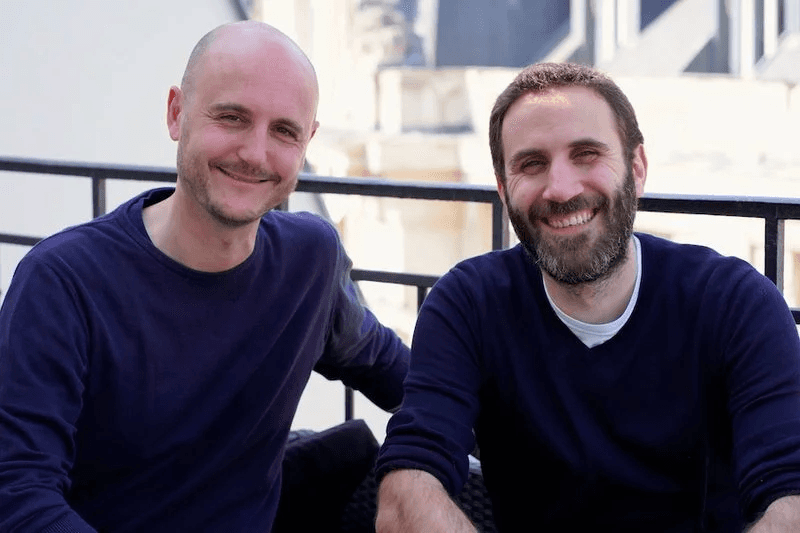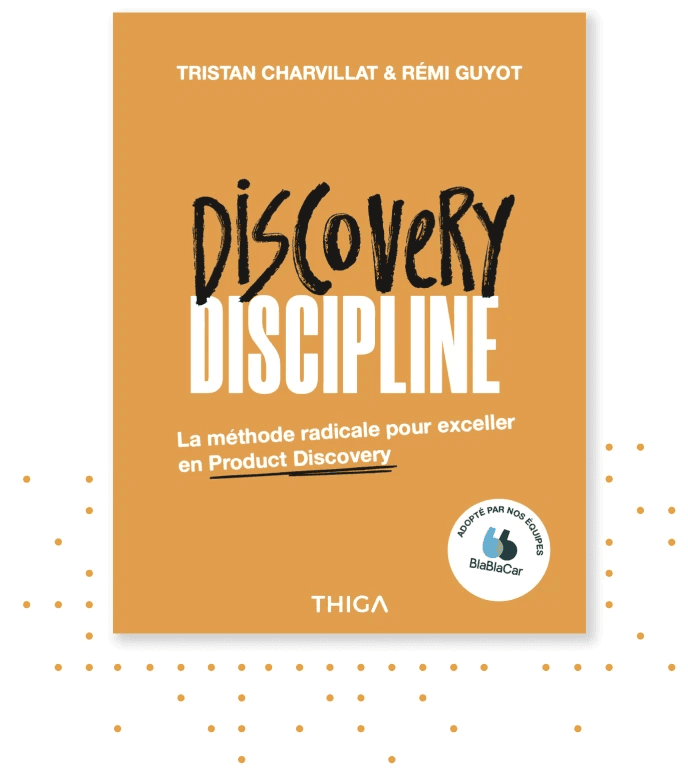Jun 4, 2022
The Blablacar's Product Success Secrets By Rémi Guyot, CPO At Blablacar

Thomas Moussafer
Co-founder @ Jimo
Hi Rémi! Can you quickly tell us about your background?
I first worked as a designer and joined Paypal for 7 years, where I got most of my experience. In the beginning, I mostly worked on content design and then gradually took interest in all UX jobs i.e., the visual and research aspects, etc. That's also where I met Tristan Charvillat with whom I co-authored the book “Discovery Discipline” and who, later on, also joined Blablacar.
In 2015, I joined Blablacar as Head of UX, then VP of Product, until I became the CPO.
What motivated you to write your book?
Back then, at PayPal, there was a strong desire to move towards much bigger things in terms of bringing people together and thinking about the user, but it was sort of what I call "exceptional" or "event-based" discovery. That is, on a daily basis, product teams don't have the time to do it, until a big issue requires it. At such moments, there will be a huge process that requires a lot of resources, but this leads to two main issues:
What do you do with the number of insights gathered?
If it's so valuable for big projects, isn't there a slightly less ambitious equivalent for smaller projects?
This is where day-to-day discovery comes in. Today, the approach we developed with Tristan, inspired by our experience is a framework on which 100% of Blablacar projects are implemented.
We had the feeling that delivery had been discussed and covered millions of times, and was rather very well managed in all companies. Surprisingly, it seemed crazy that the discovery phase was still so vague in most instances.
The book is entitled Discovery Discipline. “Discipline” because discovery is something you can do every day with your users. Of course, this is not straightforward, you need to be very rigorous and that's what motivated Tristan and me to write this book, to offer an effective framework that will allow product teams to realize their discovery in the most efficient and effective way.

Can you briefly describe your framework?
We've developed ultra-simple deliverables, which force the teams to ask themselves the rights questions. We actually tried hundreds of techniques, and we kept what worked best.
We created a 7-step framework called FOCUSED. Each letter represents a step:
F for Frame, defining the ambition of the project.
Why am I starting this project? Why am I going in this direction?
We will help you ask the right questions and suggest activities to answer them.
O for Observe, identify the main use case.
This is the phase where you put yourself in your customer's shoes, defining your "first use case". So here, we developed activities that will help you understand what the profile of your target user looks like, understand their problems, obstacles, alternatives, etc.
C for Claim, imagine a narrative positioning.
This step is a bit controversial since the idea is that if you clearly identified your "first use case", you must be able to make a promise to these seat users — tell them what we're solving.
U for Unfold, choose the key moments of the experience.
We will challenge you to define 5 touchpoints. The idea is to think about what you heard from users, their problems, your claim, etc. Then zoom out to ask yourself about where or when you could try to solve the problem.
S for Steal, reuse existing solutions.
Inspired by the quote "good artist copy, great artist steal", it's about fragmenting your solution into lots of little pieces, and seeing which ones you can go "steal".
You are not an artist! Go and find some good values.
E for Execute, build a working version.
Once you have all this, the idea is to put it all together and create a prototype that reflects the desired experience as closely as possible.
D for Decide, evaluate the quality of the solution.
Finally, you can submit your prototype to your users to see if you've nailed it or not.
So, this framework embodies fifteen years of experience practising and making mistakes. This is also the framework with which all our processes at Blablacar have been realized.

Thank you, Rémi!
By talking with Rémi, it’s clear that Blablacar has developed a strong innovation and user-centric culture, conducive to product testing, discovery and learning. t’s difficult not to make the link between this culture and the success that we know of them.
By writing this book, Rémi and Tristan invite you to immerse yourself in their framework, established at Blablacar, and why not try to duplicate it in your organization.
Find their book here: https://discovery-discipline.com/






